With the end of the pandemic in sight and a longing to return to some resemblance of normalcy, Stanford psychologist Jamil Zaki thinks the harrowing experience of the past year is a unique opportunity to reset people’s expectations about many aspects of society. Instead of simply returning to life before the pandemic, what if we could institute new personal and social norms that are more balanced, just, and equitable?
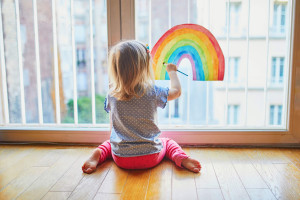
Zaki believes a concept psychologists call “growth through adversity” may be key to defining what this “new normal” could look like. Instead of resilience—which is about bouncing back from disaster, unchanged—growth through adversity is about finding ways to learn from those hardships and focus on what matters.
“Resilience is staying the course through a storm. Growth is charting a new course,” Zaki said.
He points out that even before the pandemic upended our lives, much of what was considered normal in society was deeply problematic: People had been reporting feeling lonelier and more isolated than ever before. Economic inequality between the rich and poor has been soaring at an alarming rate. And profound racial disparities have marred everything from employment to health and housing.
The pandemic didn’t create these problems. In some cases, it merely exposed them; in others, it exacerbated them.
“A stronger normal holds the adversity we’re going through now up as a mirror, one that can clarify what we’ve been neglecting all along,” said Zaki, associate professor of psychology in Stanford’s School of Humanities and Sciences.
Growth through adversity
Growth through adversity does not mean that people should be grateful to have been through trauma, Zaki emphasizes. Rather, the difficulty and pain that people experience can be an opportunity to reaffirm core values and beliefs.
“If a building is toppled by an earthquake, we probably wouldn’t reconstruct exactly what was there before,” said Zaki. “We build back better.”
For Zaki, one way to recover stronger is to build upon all the empathy that the pandemic unearthed.
For over 15 years, Zaki has studied how to cultivate empathy, which he defines in his book, The War for Kindness, as people’s ability to share, think, and care about each other’s feelings. Empathy is not a fixed trait, he says, but is more like a skill that can grow and expand through experience.
Disaster is one place where compassion and care emerge, according to research by Zaki and others.
“As Rebecca Solnit and others have shown, after disasters, people band together, finding ways to help and comfort strangers. Suffering together, they develop a sense of shared identity, purpose, and solidarity,” Zaki said.
Like other disasters—such as tsunamis and earthquakes, war and terror attacks—the COVID-19 crisis has repeatedly shown that amidst immense hardship, pain, and suffering, there has been incredible kindness.
“During disasters, people realize how much they need each other and want to help one another,” said Zaki.
For example, Zaki points to how people created “mutual aid” groups through localized online spreadsheets to help their immunocompromised, elderly, or otherwise vulnerable neighbors.
Even our adherence to crucial public health measures can express compassion. For instance, people were more willing to wear masks or practice distancing when the actions were framed as a way to protect others rather than themselves, according to one study that Zaki presented in a paper he published in Trends in Cognitive Sciences. Another example is the massive, collective effort that was required to train people to keep their distance from one another. “Social distancing is probably the largest global act of cooperation in human history,” Zaki said.
Zaki describes the goodwill and altruism that arise out of disaster as “catastrophe compassion.”
“Catastrophe compassion presents people with a view of ourselves that might surprise us—driven by ‘otherishness’ rather than by selfishness during crucially important moments,” he wrote.
But as Zaki points out, after a disaster occurs and people return to their everyday lives, they tend to forget about the community they cared for.
Instead of empathy disappearing as we return to normal life, can it define a new normal?
“One way to honor and extend this positive behavior is to not be surprised by it any longer, but instead to realize that prosociality is common and thus to expect—and demand—it from others and from ourselves,” Zaki added.
In a post-COVID-19 world, that might mean making community service routine. It might involve connecting with estranged family members, switching careers to a more fulfilling job, or working from home more to spend time with family. It could also be something as simple as remembering all the acts of kindness that unfolded over the past year and reflecting on what they reveal about our society.
Making society empathic, too
While “growth through adversity” can be deeply personal, it can be applied at a social level as well to make the world a better place. “A better normal also means more compassionate social structures,” Zaki said.
The changes could take various forms. For example, providing a living wage and adequate protections to essential workers—the people who have been held up as heroes of the pandemic. Or offering better child care policies to working mothers who experienced obstacles in the workplace long before the pandemic shouldered them with added responsibilities. Or eliminating inequities in a health care system that contributed to more Black and Brown people dying during the COVID-19 pandemic.
“These problems have been there for a long time. This painful moment can help us see them more clearly, and turn that clarity into momentum, and finally change,” Zaki said.
This article was originally published on Stanford News. Read the original article.
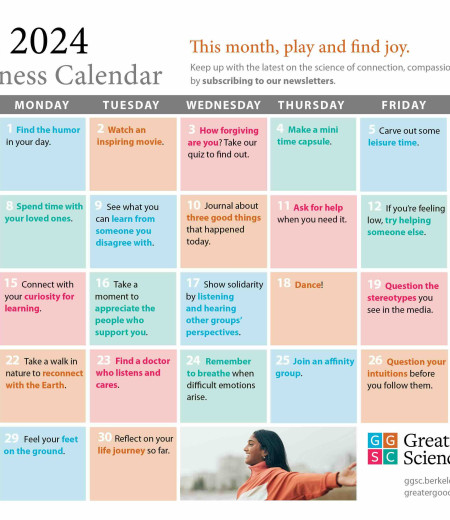


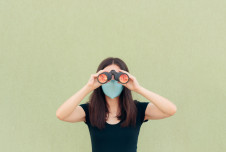

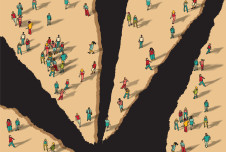
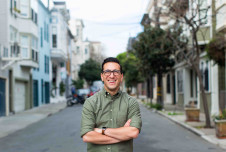
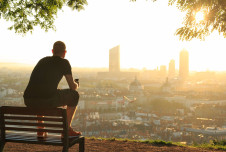
Comments